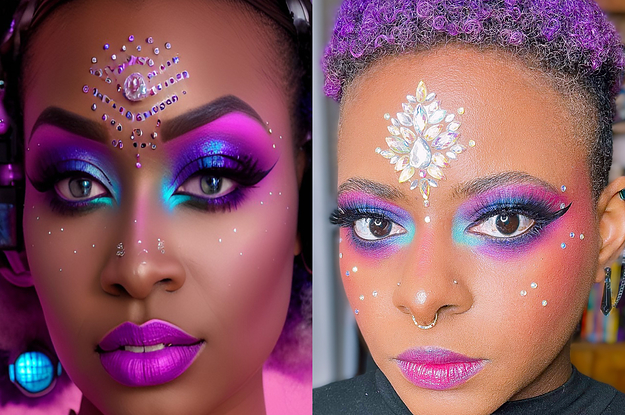The medical industry never stagnates. Every year, millions of new and intuitive products enter the industry with the aim of helping health-care providers treat patients. Designing a medical product requires careful attention to detail to maximize its success and effectiveness. We’ll explore some of the most important considerations for designing a medical product so you can create a device that stands out in this competitive industry.
Device Function and Performance
A clear purpose and robust performance are key factors in designing a medical device. It’s essential to define the device’s function clearly and ensure it works as intended before releasing it into the market for sale. Investing in medical device validation is a great step in checking the validity and effectiveness of your product. Validation ensures that the device fulfills its intended purpose and provides consistent results, building confidence among health-care providers and patients.
Patient Safety
Ensuring the safety of patients should be a top priority when designing any medical product. Consider factors such as the materials used, potential risks, and safe operating conditions. Always conduct thorough testing and adhere to established guidelines to minimize the chance of errors, product recalls, or accidental harm during use.
Compliance With Regulations
Medical devices must meet stringent regulatory standards before professionals can use them in clinical settings. Designing a product that complies with regulations such as the Food and Drug Administration or the European Medicines Agency is crucial. Familiarize yourself with the necessary requirements and work closely with regulatory experts to ensure your device meets these standards.
Power Requirements
Another important consideration for designing a medical product is how much power it will need to operate. The power requirements of your medical device can impact its usability and convenience. Consider the power source, battery life, and charging options when designing your product. The ability to use your device in various settings, including remote or low-resource environments, depends on its power requirements, so plan accordingly.
Product Cleaning and Hygiene Practices
Maintaining cleanliness and hygiene is vital in health-care settings. When designing a medical product, consider factors like ease of cleaning, potential contamination points, and the need for disposable components. Implementing proper cleaning and hygiene practices will help prevent the spread of infections and ensure the longevity of your product. Validation can help with this process as well by ensuring that your cleaning practices sufficiently sanitize the device and minimize accidental contamination.
Designing a medical product requires you to consider several things about how it will behave in the field and what risks it could present for doctors and patients. By keeping these factors in mind during the design process, you can create a product that effectively addresses the needs of health-care providers while standing out in a competitive market.










Leave a Reply